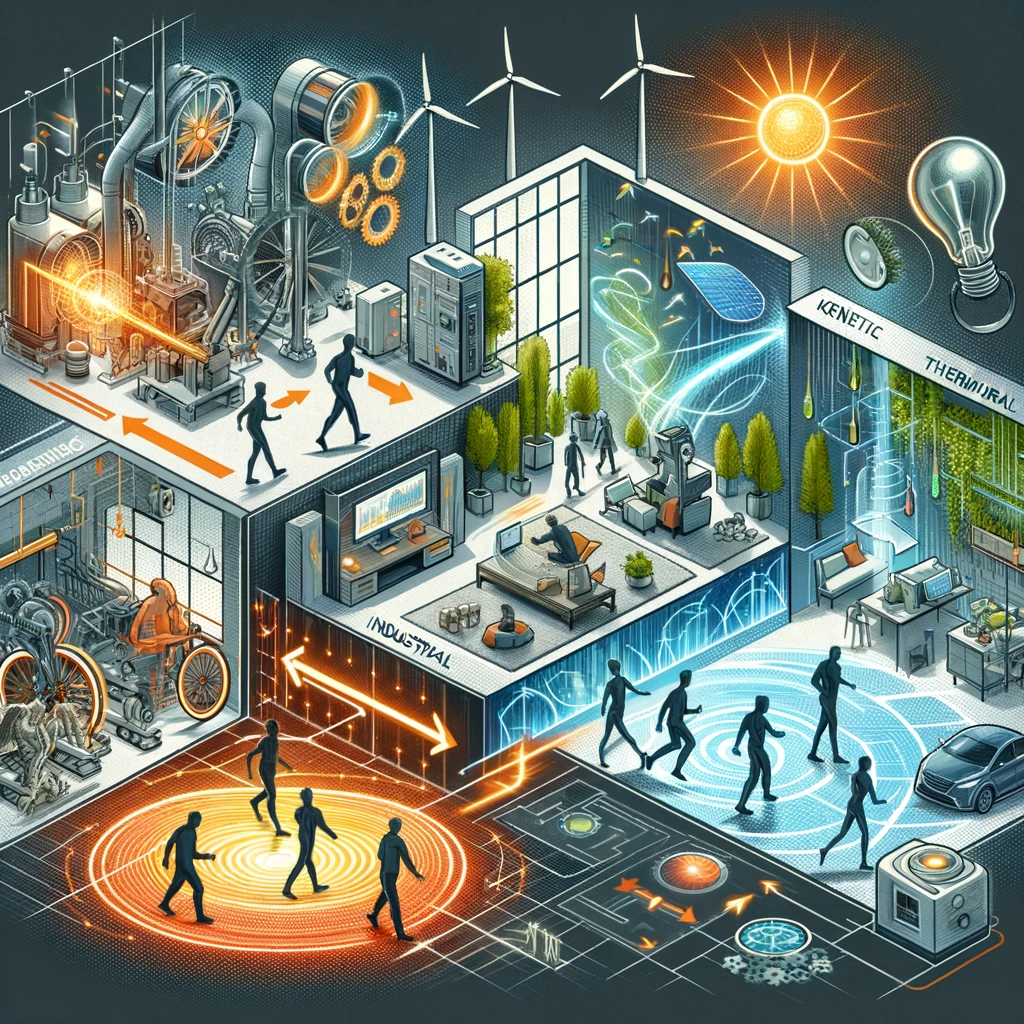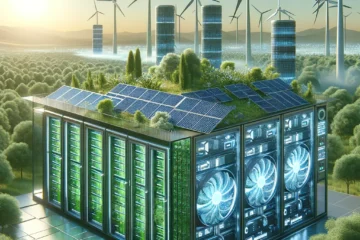Introduction
In the quest for sustainability and green technology, the concept of energy harvesting emerges as a pivotal innovation. This technology ingeniously converts routine activities and ambient environmental energies into usable electrical power, contributing significantly to renewable energy resources. By leveraging technological advancements, energy harvesting paves the way for a more sustainable future, reducing our reliance on traditional energy sources.
Harnessing Ambient Energy: The Core of Energy Harvesting
Energy harvesting is rooted in capturing the energy that would otherwise be lost from our daily activities and environmental sources. This involves transforming kinetic energy from human movement, thermal energy from temperature variations, and even light energy into electrical power. Technological advancements in materials and energy conversion methods have significantly improved the efficiency of these processes, making it a viable supplement to renewable energy efforts.
The Impact of Kinetic Energy Conversion
Everyday activities, like walking or cycling, generate kinetic energy. Innovations in energy harvesting technology enable the capture and conversion of this energy into electricity. Devices such as piezoelectric floor tiles or kinetic energy harvesters embedded in shoes illustrate this concept, showcasing the potential of turning human motion into a renewable energy source.
Thermal Energy: A Promising Avenue
Thermal energy harvesting exploits temperature differences in the environment. This technology, utilizing thermoelectric generators, can convert heat from industrial processes, vehicles, or even the human body into electrical power. This approach not only contributes to renewable energy but also enhances the efficiency of systems by reducing waste heat.
Light Energy: Beyond Solar Panels
While solar panels are the most well-known devices for converting light into electricity, energy harvesting expands this concept further. Innovative materials and technologies are now capable of capturing ambient light indoors, turning it into a sustainable power source for small electronic devices, further enriching the green technology ecosystem.
Integrating Energy Harvesting in Daily Life
The integration of energy harvesting technologies into daily life marks a significant stride in promoting renewable energy and sustainability. From wearable technology to smart cities, these innovations are becoming increasingly prevalent, seamlessly blending into our everyday environments.
Wearable Technology: Power on the Move
Energy harvesting has revolutionized wearable technology. Devices that capture kinetic and thermal energy from human activity can power sensors and electronics, reducing the dependency on battery power. This not only enhances the convenience but also aligns with sustainable practices by minimizing electronic waste.
Smart Cities: A Sustainable Blueprint
In the realm of smart cities, energy harvesting technologies contribute to sustainability by powering various sensors and devices through ambient energy. This approach reduces the carbon footprint of urban areas and supports the implementation of efficient, data-driven city management.
Everyday Products: A Sustainable Transformation
The integration of energy harvesting technology in common products, like watches, fitness trackers, and even window blinds, exemplifies the potential of this technology in daily life. These products, powered by ambient energies, highlight how small changes can collectively make a significant impact on energy sustainability.
Challenges and Future Prospects in Energy Harvesting
While energy harvesting presents a promising avenue for renewable energy, it faces several challenges. Addressing these obstacles is crucial for the widespread adoption and effectiveness of this technology.
Overcoming Efficiency Limitations
One of the primary challenges in energy harvesting is the efficiency of energy conversion. Ongoing research and development are focused on improving materials and technologies to enhance the amount of usable energy generated from ambient sources.
Scalability and Economic Viability
Scaling energy harvesting technologies for widespread use and ensuring their economic viability are crucial. Balancing cost and efficiency is essential for these technologies to be accessible and practical for broader applications.
Integration with Existing Energy Systems
Integrating energy harvesting solutions with existing energy infrastructures and systems presents logistical and technical challenges. Developing standardized protocols and adaptable technologies is key to a seamless integration that complements traditional renewable energy sources.
Conclusion
Energy harvesting stands at the forefront of technological advancements, transforming everyday activities into sources of renewable energy. This innovative approach not only contributes significantly to green technology and sustainability but also represents a paradigm shift in how we perceive and utilize energy. As we continue to innovate and overcome challenges, energy harvesting technologies promise to play an integral role in shaping a sustainable, energy-efficient future.




